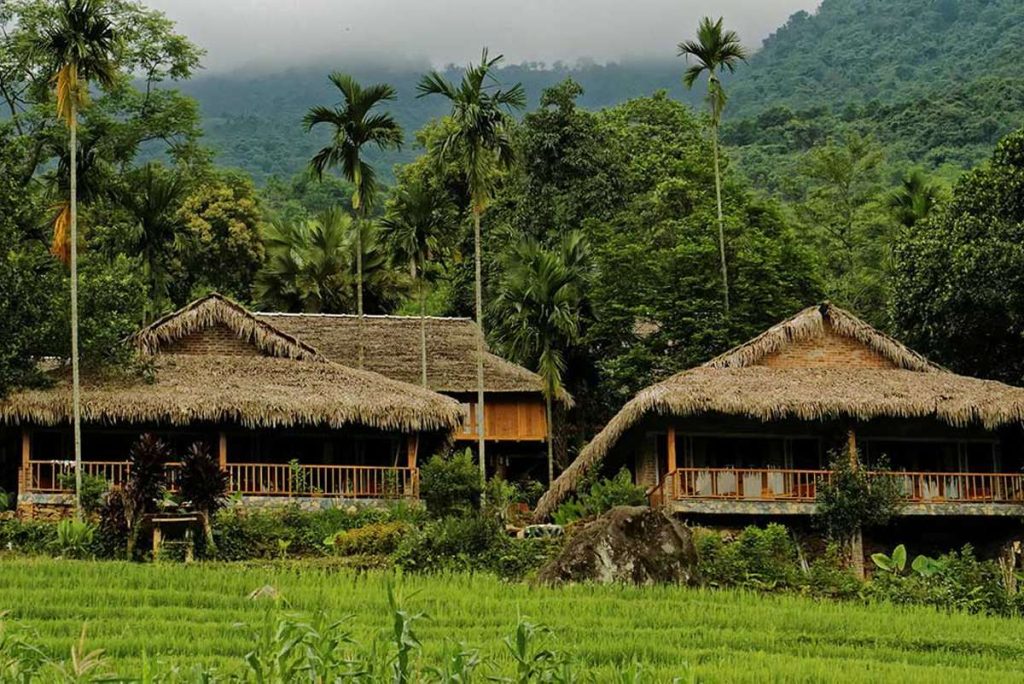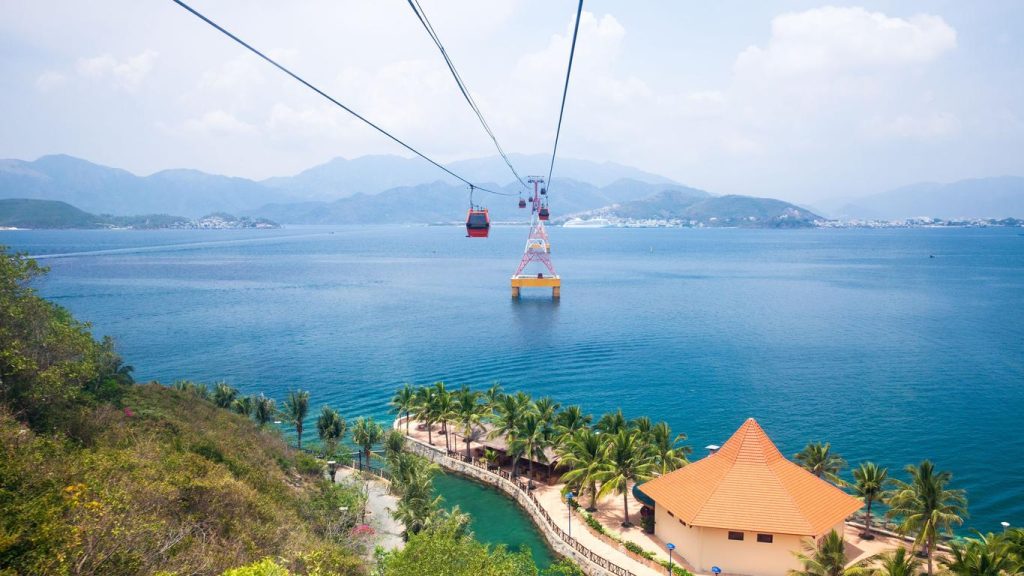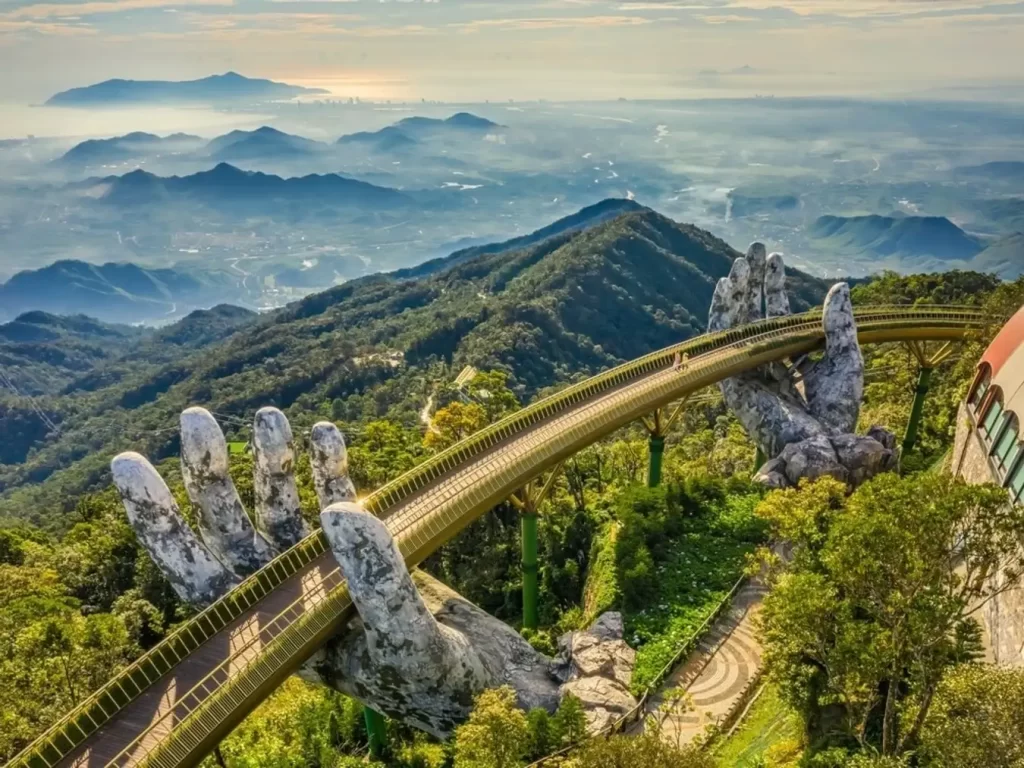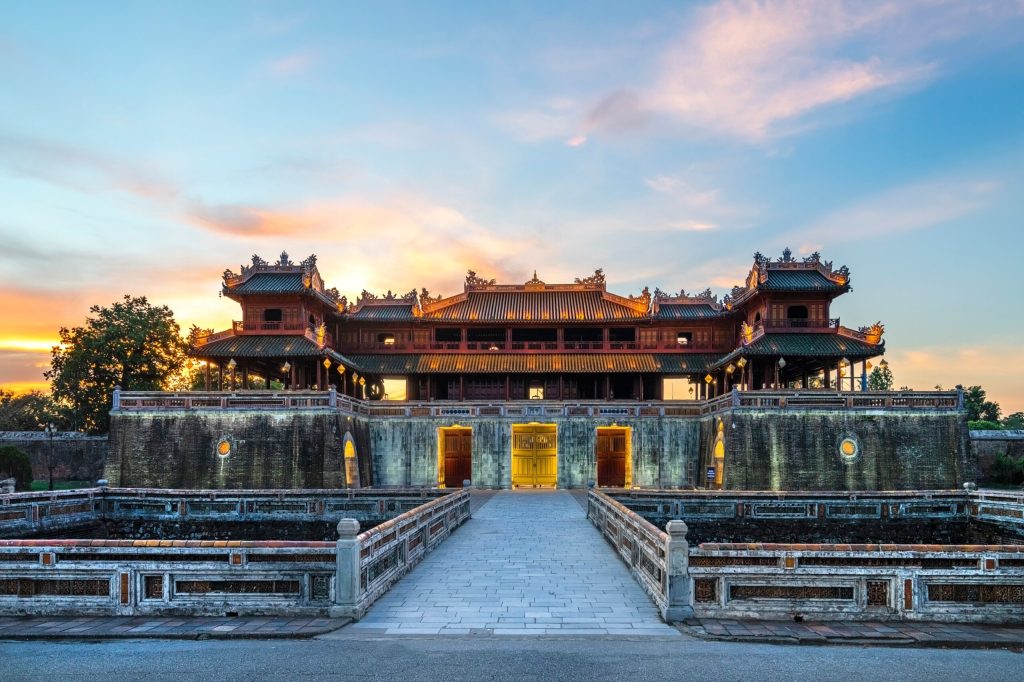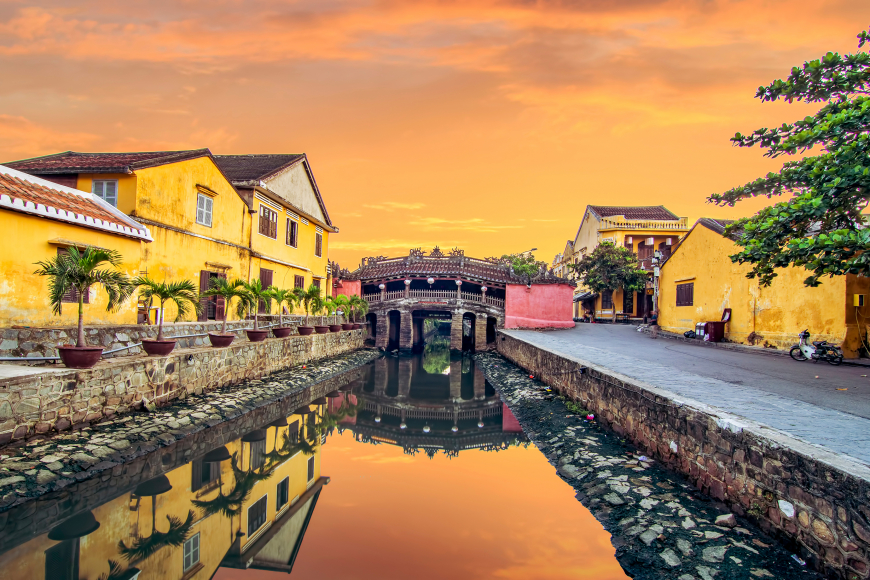Binh Dinh – A guide basic for the trip
Binh Dinh Province, located on Vietnam’s central coast, is known for its rich cultural heritage, stunning landscapes, and historical significance. The provincial capital, Quy Nhon, is a coastal city famed for its beautiful beaches and seafood. Binh Dinh boasts a mix of mountains, plains, and coastline, offering diverse attractions such as the Cham towers of Banh It and the ancient Thap Doi Cham towers. Historically, it was an important center during the Champa Kingdom era and later served as a significant military base during the Vietnam War. The region’s cuisine is celebrated for its fresh seafood dishes and distinctive flavors. Binh Dinh also preserves traditional martial arts, notably Tay Son martial arts, which originated here. With its blend of history, natural beauty, and cultural richness, Binh Dinh is a compelling destination for travelers seeking an authentic Vietnamese experience.
I. When is the best time to visit Binh Dinh?
The best time to visit Binh Dinh Province, particularly its capital Quy Nhon, is during the dry season, which typically spans from January to August. During these months, the weather is generally sunny and pleasant, making it ideal for enjoying the region’s beaches and outdoor activities. The peak tourist season tends to be from February to April when the weather is particularly favorable with warm temperatures and minimal rainfall.
Avoiding the rainy season, which occurs from September to December, is advisable if you prefer to explore Binh Dinh without the interruption of frequent showers. However, even during the wet season, Binh Dinh can still be enjoyable for travelers, especially if you don’t mind occasional rain and prefer fewer crowds.
Ultimately, the best time to visit depends on your preferences for weather, activities, and tolerance for tourist traffic.
II. What to do in Binh Dinh?
Binh Dinh Province offers a variety of attractions and activities that cater to different interests:
- Explore Quy Nhon City: Visit the beautiful beaches like Bai Xep, Ky Co, and Trung Luong, known for their clear waters and scenic landscapes. Enjoy local seafood at Quy Nhon’s bustling markets or waterfront restaurants.
- Historical Sites: Discover the ancient Cham towers such as Banh It and Thap Doi, which reflect the region’s rich cultural heritage from the Champa civilization. Visit the Tay Son Museum to learn about local history and the Tay Son Rebellion.
- Outdoor Adventures: Hike to Eo Gio (Wind Strait), a coastal cliff with breathtaking views, or explore the diverse landscapes of the province’s national parks like Kon Chu Rang and Cat Tien.
- Cultural Experiences: Witness traditional martial arts demonstrations of Tay Son martial arts, deeply rooted in Binh Dinh’s history. Attend local festivals and events to experience the vibrant culture and traditions of the region.
- Culinary Delights: Taste the local specialties such as Banh It La Gai (sticky rice dumplings), Banh Hoi Chao Long (rice vermicelli with pig’s organ soup), and fresh seafood dishes like grilled squid and fish cakes.
- Relaxation and Wellness: Enjoy spa treatments and relaxation at resorts along Quy Nhon’s coastline, known for their tranquil settings and rejuvenating spa services.
Whether you’re interested in history, nature, culture, or simply relaxing by the beach, Binh Dinh offers a diverse range of experiences that cater to every traveler’s preferences.
III. What local specialties does Binh Dinh have that you must try?
Binh Dinh Province in Vietnam is renowned for its unique and delicious local specialties. Here are some must-try dishes:
- Banh It La Gai: Sticky rice dumplings wrapped in dong leaves (a type of leaf) and filled with a savory mixture of shrimp, pork, and mung bean paste. They are typically served with fish sauce.
- Banh Hoi Chao Long: Rice vermicelli served with Chao Long, a flavorful soup made from pig’s organs (intestines, heart, liver) and seasoned with lemongrass, chili, and herbs. It’s a popular breakfast or brunch dish.
- Banh Xeo: Vietnamese savory pancake made with rice flour and turmeric, filled with shrimp, pork, bean sprouts, and herbs. It’s often eaten wrapped in fresh lettuce leaves and dipped in fish sauce.
- Nem Chua: Fermented pork sausage that is tangy and slightly sour, typically served with garlic, chili, and herbs. It’s a popular snack or appetizer.
- Cha Com: Grilled rice cake with young rice flakes and pork, seasoned with fish sauce, garlic, and pepper. It has a crispy texture and is often enjoyed with fresh herbs and dipping sauce.
- Banh Canh Cha Ca: Thick rice noodle soup with grilled fish cakes, flavored with turmeric and dill. It’s a comforting and hearty dish.
- Seafood: Binh Dinh is famous for its fresh seafood, including grilled squid, fish cakes (cha ca), and various seafood hotpots. The coastal location ensures that seafood dishes are abundant and flavorful.
These dishes showcase the rich culinary heritage of Binh Dinh Province, offering a blend of flavors and textures that reflect both its coastal bounty and cultural diversity.
IV. How to get to Binh Dinh?
Getting to Binh Dinh Province, particularly its capital city Quy Nhon, is accessible by several means of transportation:
- By Air: The nearest airport is Phu Cat Airport (UIH) located in Quy Nhon. It serves domestic flights from major cities like Hanoi, Ho Chi Minh City, and Da Nang. From the airport, you can take a taxi or shuttle to reach your destination in Quy Nhon or other parts of Binh Dinh.
- By Train: Quy Nhon has a train station connected to the North-South Railway line of Vietnam. Trains run from major cities like Hanoi in the north and Ho Chi Minh City in the south. The train journey offers scenic views of the Vietnamese countryside and coastline.
- By Bus: Buses and coaches operate between Quy Nhon and other cities and provinces in Vietnam. They provide a more budget-friendly option compared to flights or trains. Buses are available from cities like Hanoi, Da Nang, and Ho Chi Minh City.
- By Car or Motorbike: You can also travel to Binh Dinh by renting a car or motorbike. The province is accessible via well-maintained highways and roads, offering flexibility to explore different parts of the region at your own pace.
Once in Binh Dinh, local transportation options such as taxis, motorbike taxis (xe om), and rental bicycles or motorbikes can be used to travel within Quy Nhon and to explore nearby attractions and scenic spots.
If you need more information, please contact us Mail: zgotravelvietnam@gmail.com or WhatsApp: +84 9766 09451.

